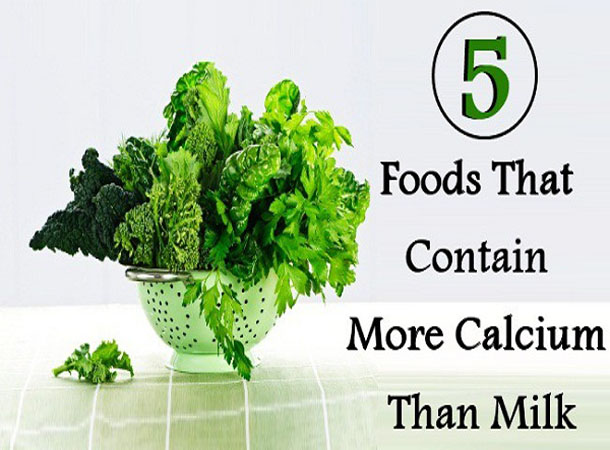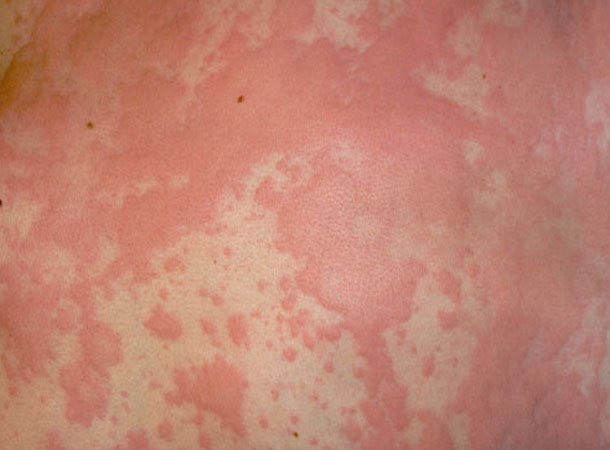1. Kale
Kale is loaded with calcium and many other nutrients. A cup of green smoothie made of raw kale contains about 90 mg of calcium. Also, a 3.5 cup of kale salad contains 315 mg of calcium, which is more than the calcium contained than a glass of cow`s milk. Kale is also rich in manganese and phosphorus, both of which play an important role in maintaining healthy bones.
2. Spinach
Spinach is an excellent course of calcium, containing 244.8 mg per cup. On most occasions you will eat more than one cup, making spinach a better source of calcium than a cup of milk. One cup accounts for 24.5% of your daily value intake. Also, manganese supports growth and development of normal bone structure and joint membranes. Spinach contains 84% of your daily value intake of manganese.
3. Organic Yogurt
People who love dairy products, plain organic yogurt is a great choice as it contains 447.4 mg of calcium in one cup. That’s approximately 45% of your daily value intake of calcium. It also contains 35.2% of your daily value of phosphorus which is important for formation and regeneration of bones and teeth.
4. Sesame Seed
Another natural source of calcium is the sesame seed. Only a quarter cup of sesame seed contains 351 mg of calcium, which is a perfect substitute for a glass of milk. Simply sprinkle a quarter cup into your salad or spreading tahini (sesame seed paste) onto the whole grain toast. Tahini is a butter-type paste made from ground and hulled sesame seeds, and can be served on its own or can be found within hummus or baba ghanoush.
5. Collard Greens
In two cups of collard greens there are 452.2 mg of calcium, nearly 90% of your daily value intake. If you think you cannot drink the greens then you are wrong. Just prepare smoothies. Collard greens are rich in vitamin B6 and folic acid which reduce the homocysteine levels that damage the bone structure. You can also prepare them lightly steamed and marinated with lemon juice, honey, extra virgin olive oil, sea salt and dill weed.
Sources:
http://www.healthyandnaturallife.com/5-foods-that-contain-more-calcium-than-milk/
http://www.justnaturallife.com/5-foods-that-contain-more-calcium-than-milk/
http://www.foods4betterhealth.com/5-foods-that-contain-more-calcium-than-milk-7211
http://www.justnaturallife.com/5-foods-that-contain-more-calcium-than-milk/
http://www.healthyandnaturallife.com








